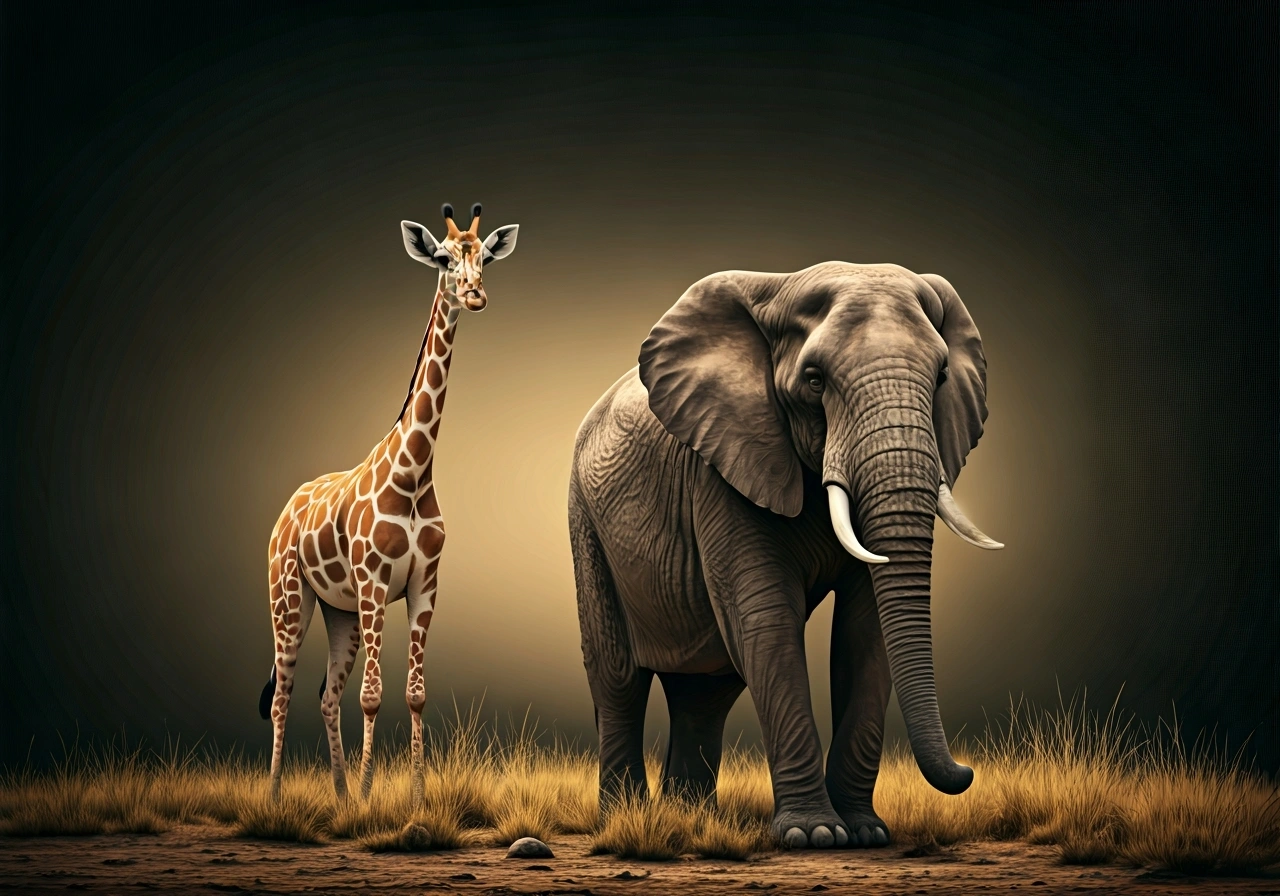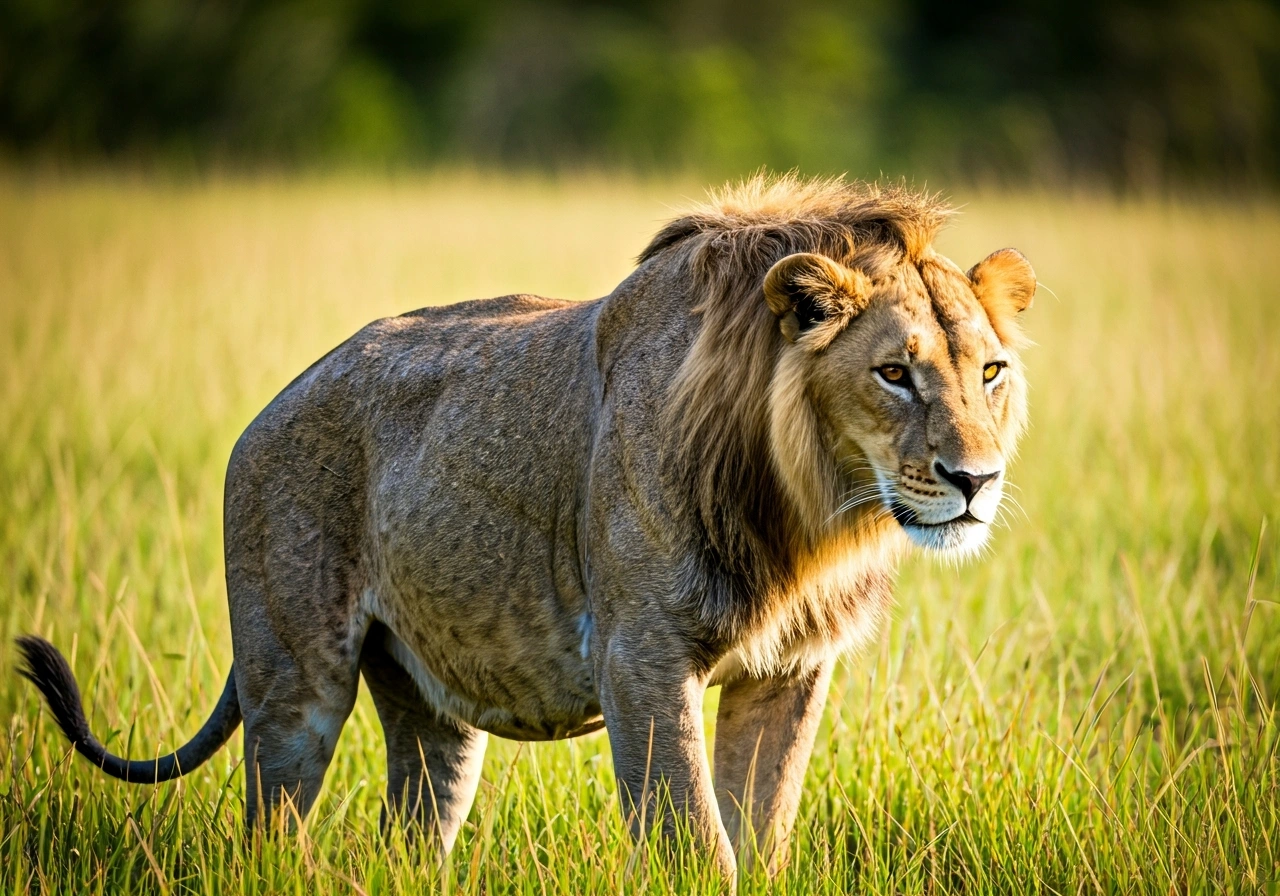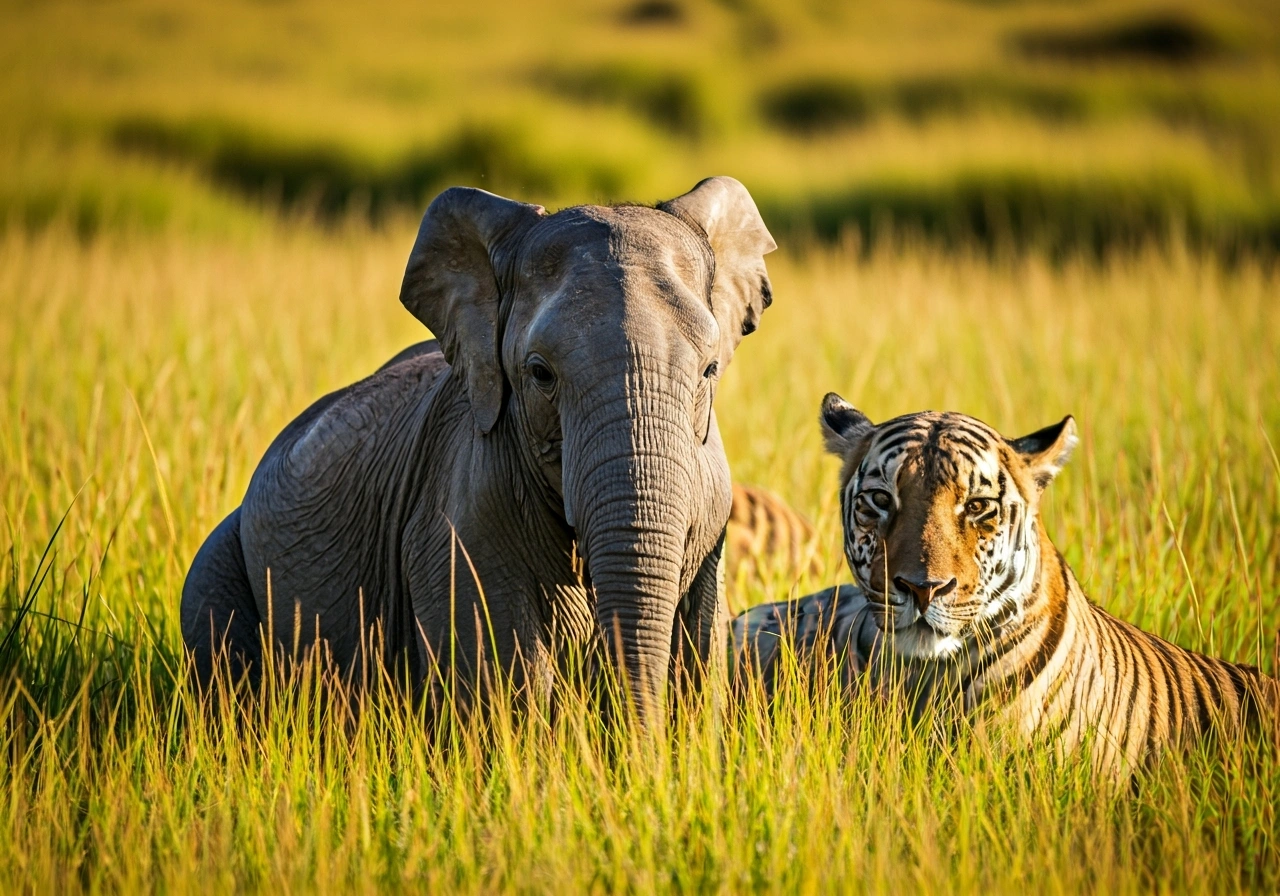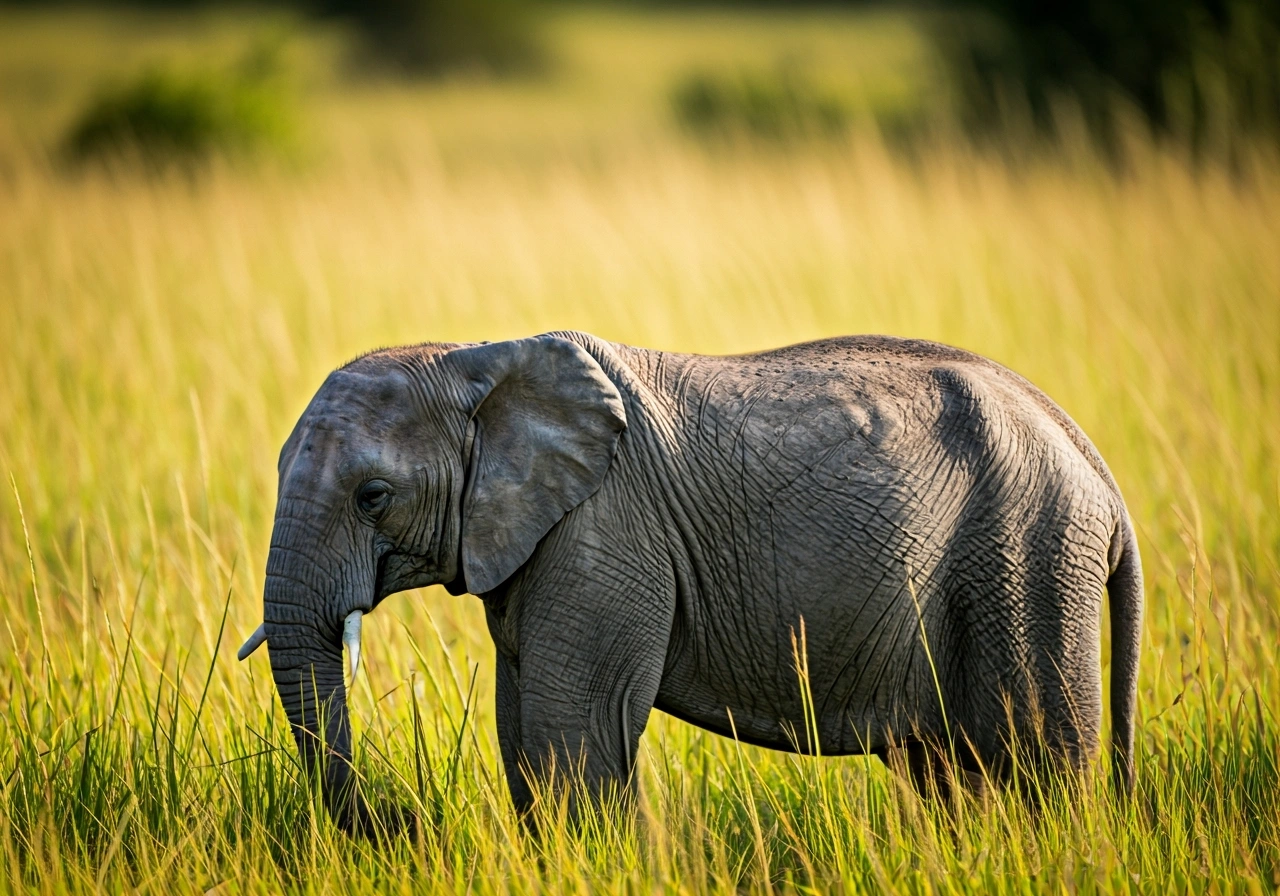
Understanding the communication methods of African animals can be as fascinating as witnessing their majestic presence in the wild. Africa is home to a diverse array of wildlife, each species employing unique sounds and signals to convey messages. Whether it's the thunderous roar of a lion or the subtle chirps of a vervet monkey, the communication techniques of these animals are vital for their survival and social interactions. In this article, we will explore the intricate world of African animals' communication, delve into the top ten species you must see while climbing Kilimanjaro, and provide insights into how these fascinating creatures convey their messages.

Communication among African animals serves various purposes, from attracting mates to warning others of danger. The complexity of these interactions often reflects the species' social structure and environmental needs. Understanding these communication methods can enhance wildlife experiences for those who venture into Africa's natural habitats.
African animals utilize several communication methods, including:
These forms of communication are not only essential for the survival of individual animals but also play a crucial role in maintaining the balance of ecosystems.

Climbing Kilimanjaro offers a unique opportunity to witness some of Africa's most incredible wildlife. Here are ten African animals that you should look out for during your ascent:
The African elephant is the largest land animal, known for its intelligence and complex social structures. They communicate using a variety of sounds and body language. Their low-frequency rumbles can be felt by other elephants over long distances, making them a remarkable example of animal communication.
Found in the lush forests surrounding Kilimanjaro, the mountain gorilla is a critically endangered species. They communicate through a range of vocalizations, including grunts and hoots, and display body language to reinforce social bonds within their groups.
African buffalo are known for their strong herd instincts. They communicate through a combination of vocalizations and physical cues, often using their horns to signal aggression or dominance during conflicts.
The blue monkey, or diademed monkey, is known for its vocal communication. They emit a variety of calls to alert their troop of potential threats or to signal food availability.
Yellow baboons are highly social animals that use vocalizations, facial expressions, and body language to communicate. Their loud calls can be heard across the savannah, especially during mating season or when warning of danger.
Chimpanzees are known for their advanced communication skills. They use vocalizations, gestures, and facial expressions to convey emotions and intentions. Their social interactions provide insight into the evolution of communication in primates.
Known for their remarkable ability to mimic sounds, African Grey Parrots have a sophisticated communication system. They use vocalizations not only to interact with each other but also to engage with their human companions.
Although not vocal, the horned viper communicates through its body language. Its distinctive posture and movement patterns can signal threat or readiness to strike, making it a fascinating study in non-verbal communication.
Spotted hyenas are known for their complex social structures and communication methods. They use a range of vocalizations, including whoops and giggles, to convey messages within their clan, especially during hunting.
The secretary bird, with its impressive hunting skills, communicates through visual signals and vocalizations. Its unique display during courtship and hunting reflects its adaptability and intelligence.

To truly appreciate the communication methods of African animals, it is essential to observe their behaviors in the wild. Here are some tips to enhance your understanding and appreciation of these fascinating interactions.
Stay Quiet: When observing wildlife, minimize noise to better hear animal vocalizations. Many animals are sensitive to sound and will alter their behavior if they detect human presence.
Watch Body Language: Pay attention to the physical movements and posture of animals. Signs of aggression, submission, or curiosity can often be interpreted through body language.
Use Binoculars: Bring binoculars to get a closer look at animal interactions without disturbing their natural behavior.
Learn the Sounds: Familiarize yourself with the common sounds of animals you might encounter. This knowledge can enhance your wildlife experiences by allowing you to identify species based on their calls.
Misconception: Animals only communicate through vocalizations.
Misconception: Only social animals communicate.
Misconception: Animal communication is simplistic.
As you embark on your journey to understand the fascinating world of African animals and their communication methods, consider how the insights shared in this article can enhance your wildlife experiences. Whether you are a nature enthusiast, a student, or a curious kid eager to learn more about the wonders of the natural world, the Banana Slug Club is here to guide you. Our resources can help you further explore the intricate sounds and signals of African animals, enriching your understanding of their behaviors and interactions.
We invite you to connect with the Banana Slug Club for more engaging content and educational resources tailored to your interests in nature, science, and wildlife. Visit our website or contact us to discover how our services can support your journey into the incredible world of African animals.
Get free resources, early access to new features and updates.
No spam. Just fun educational emails!